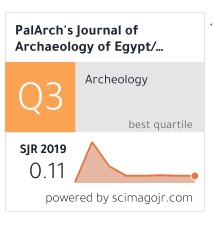LOCATING NARRATIVE OF VIOLENCE IN MANOHAR MALGONKAR’S A BEND IN THE GANGES
Abstract
Indian English Novels of the 1960s dealt with the issues of the quest of the individual identity,
the quest of existentialism, and the societal dense amalgamation. Furthermore, it also presents
the local colors of social realism, colonial dominance, and political intrigues. The writers of the
1960s also look at the violence based on religious chaos, starvation, and poverty. These novels
immensely influenced the next generation to catch up social issues and put forward them on the
nationwide and global stage.
Violence is a vast notion. It denotes the agony, bodily coercion, mental distress from others
intentional perception, sentimental hurts, and suppression are the facets of violence. There is
three form of violence direct, structural and cultural. Direct violence consists of the resolute act.
Structural violence denotes a social world full of domination, exploitation, and hatred. In the
third phase, cultural violence rises from the regional dialects, languages, and superiority complex
of different sorts of religion as well. Similarly, the Indian English Novels debunk the discourse
of violence.
Manohar Malgonkar’s A Bend in the Ganges (1964) signifies the notion of violence. He sets out
the character of Gian Talwar who becomes convulsive during the journey from non-violence to violence. Moreover, some other indispensable characters disclose the very idea of violence.
These characters are Basu, Shafi, Debidayal, and Vishnudutta. In fact, Malgonkar discovers the
altercation between violence and hatred. This narrative will scrutinize from the Post-colonial
perspective. It will also deal with the socio-political methodology.
Downloads
Downloads
Published
Versions
- 2020-12-09 (2)
- 2020-12-02 (1)



